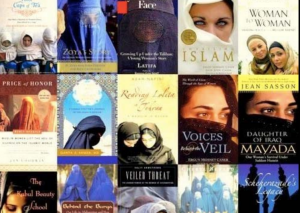Here’s a some interesting news about a technology project in India. What I find most interesting is the way the technology (an iris scanner) could challenge age-old hierarchical social relations that subordinate the individual to the group.
Here’s an excerpt from Scanning 2.4 Billion Eyes, India Tries to Connect Poor to Growth (The New York Times, Sept 9, 2011)":
Across this sprawling, chaotic nation, workers are creating what will be the world’s largest biometric database, a mind-bogglingly complex collection of 1.2 billion identities. But even more radical than its size is the scale of its ambition: to reduce the inequality corroding India’s economic rise by digitally linking every one of India’s people to the country’s growth juggernaut.
For decades, India’s sprawling and inefficient bureaucracy has spent billions of dollars to try to drag the poor out of poverty. But much of the money is wasted or simply ends up trapping the poor in villages like Kaldari, in a remote corner of the western state of Maharashtra, dependent on local handouts that they can lose if they leave home.
So now it is trying something different. Using the same powerful technology that transformed the country’s private economy, the Indian government has created a tiny start-up of skilled administrators and programmers to help transform — or circumvent — the crippling bureaucracy that is a legacy of its socialist past.
“What we are creating is as important as a road,” said Nandan M. Nilekani, the billionaire software mogul whom the government has tapped to create India’s identity database. “It is a road that in some sense connects every individual to the state.”
For its proponents, the 12-digit ID is an ingenious solution to a particularly bedeviling problem. Most of India’s poorest citizens are trapped in a system of village-based identity proof that has had the perverse effect of making migration, which is essential to any growing economy, much harder.
The ID project also has the potential to reduce the kind of corruption that has led millions of Indians to take to the streets in mass demonstrations in recent weeks, spurred on by the hunger strike of an anticorruption activist named Anna Hazare. By allowing electronic transmission and verification of many government services, the identity system would make it much harder for corrupt bureaucrats to steal citizens’ benefits. India’s prime minister has frequently cited the new system in response to Mr. Hazare’s demands.
The new number-based system, known as Aadhaar, or foundation, would be used to verify the identity of any Indian anywhere in the country within eight seconds, using inexpensive hand-held devices linked to the mobile phone network.
It would also serve as a shortcut to building real citizenship in a society where identity is almost always mediated through a group — caste, kin and religion. Aadhaar would for the first time identify each Indian as an individual.
Emphasis added.
I don’t know how comparable this is, but I seem to remember an attempt in Russia to create a national ID card running foundering due to widespread anxieties that a computer chip in the card fulfilled prophecies in the Book of Revelation about the “Mark of the Beast.”















